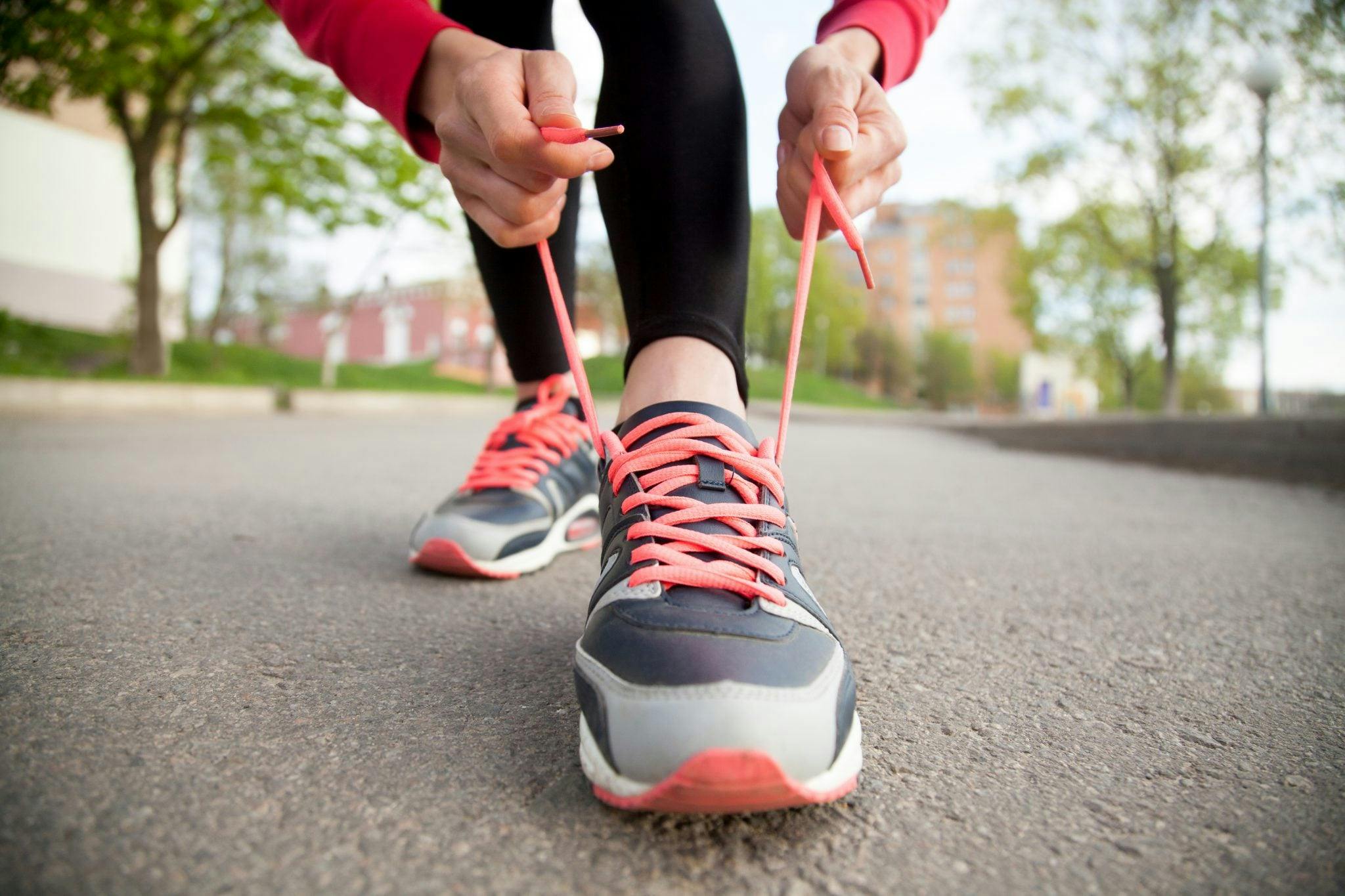Running is a common form of exercise for many people, and like many other exercises that put strain on the lower body, it’s accompanied by risk of injury. Many running injuries occur when people push themselves too hard, but the way the body moves is also a factor in many cases.
With the right prevention tactics, you can stay clear of these kinds of injuries if you run regularly.
Common Injuries
Several injuries that are possible from running, both overuse and acute:
- Runner’s knee: A common overuse injury that has several different causes, but is commonly found when the kneecap is out of alignment. Runner’s knee occurs when cartilage on the kneecap wears down over time, which can cause pain around that area. Pain might be particularly noticeable when going up or down stairs, squatting or sitting with the knee bent for a long time.
- Stress fracture: A small crack in a bone that leads to pain and discomfort, generally affecting the shins and feet of a runner. Stress fractures are often caused by pushing things too hard during a new activity before the body can adjust. Pain will get worse with activity and improve with rest—continued stress can make the injury more serious.
- Shin splint: Pain in the front or inside of the lower leg along the shin bone. People with flat feet have a higher chance of developing shin splints, which are also common after changing a workout too quickly. Treatment includes rest, stretching and a slow return to activity.
- Achilles tendinitis: Inflammation of the Achilles tendon, the largest tendon attaching the calf to the back of the heel. Typically caused by repetitive stress on the tendon, leading to pain and stiffness in the area near the tendon, especially in the morning and during activity. Treatment involves rest, ice and calf stretches.
- Muscle pull: A small tear in the muscle, also known as a strain. It can be caused by overstretching a muscle. You may feel a popping sensation as the muscle tears. Muscle pulls are most common in the hamstrings, quadriceps, calves and groin. Treatment follows the RICE method: rest, ice, compression and elevation.
- Ankle sprain: An accidental stretching or tearing of ligaments around the ankle, often when the foot twists or rolls inward. The RICE method is good here for treatment as well.
- Plantar fasciitis: Inflammation of the plantar fascia, or the thick band of tissue located at the bottom of the foot that extends from the heel to the toes. Plantar fasciitis can result from adding activity, but it can also occur without an obvious reason—though people with tight calf muscles and a high arch are at higher risk. Plantar fasciitis can be treated by calf stretches, rest and ice on the bottom of the foot.
- IT band syndrome: The IT band is a ligament running along the outside of the thigh from the hip to the knee—when this ligament thickens and rubs the knee bone, it causes inflammation. A cut back on exercise may be recommended for treatment, along with heat and stretching prior to exercise and icing after exercise.
- Blisters: Fluid-filled sacs on the surface of the skin, caused by friction between the skin and the shoes or socks. Making changes to shoes and socks often solves blister issues, and using petroleum jelly can also show benefits.
- Temperature-related injuries: Things like sunburn, heat exhaustion, frostbite and hypothermia that result from a lack of attention paid to temperature during running.
Prevention
The right precautions will help prevent many of these injuries before they become a concern:
- Don’t ignore pain: A little soreness is to be expected, but if you consistently find pain in a muscle or joint that won’t improve through rest, speak to your doctor.
- Make a plan: Speak to a trainer before starting a running routine. This person can help create a plan that will meet your goals without exceeding your abilities.
- Warm up and stretch: Plenty of running injuries happen as a result of inadequate or absent stretching. Stretch muscles well, particularly in the calf, hamstrings, groin and quadriceps. In addition, warm up by walking or another light activity for five minutes before stretching, as stretching cold muscles can also cause injury.
- Strength and cross train: Add weights and ab exercises to your routine to strengthen muscles and add core strength. Also try to mix up the fitness routine – mix in some swimming, biking, tennis or other activities along with running to help prevent overuse injuries that may occur from the same repetitive activity.
- Dress right: Wear light, breathable, moisture-wicking clothing. If temperature dictates it, dress in layers or wear a hat to protect against sun and cold. Also wear proper-fitting shoes with good support.
- Run safely: Run on flat and smooth surfaces until your body is used to the routine. Also try to run during the day, or in well-lit areas so you can be seen. Keep a cell phone and identification on you, and run with a partner if possible.
- Temperature: Don’t run if it’s over 90 degrees Fahrenheit, below freezing or very high humidity.
- Hydration: Drink extra water on the days you run, and if you run for over an hour, drink a sports drink to replenish electrolytes.
For more on how to stay healthy while running, speak to your doctor.
Our orthopedics practice has provided care for over 30 years. Our staff is trained handle a variety of issues, including sports medicine. We care for you and your family with the same state-of-the art techniques we use with BYU and Olympic athletes.





